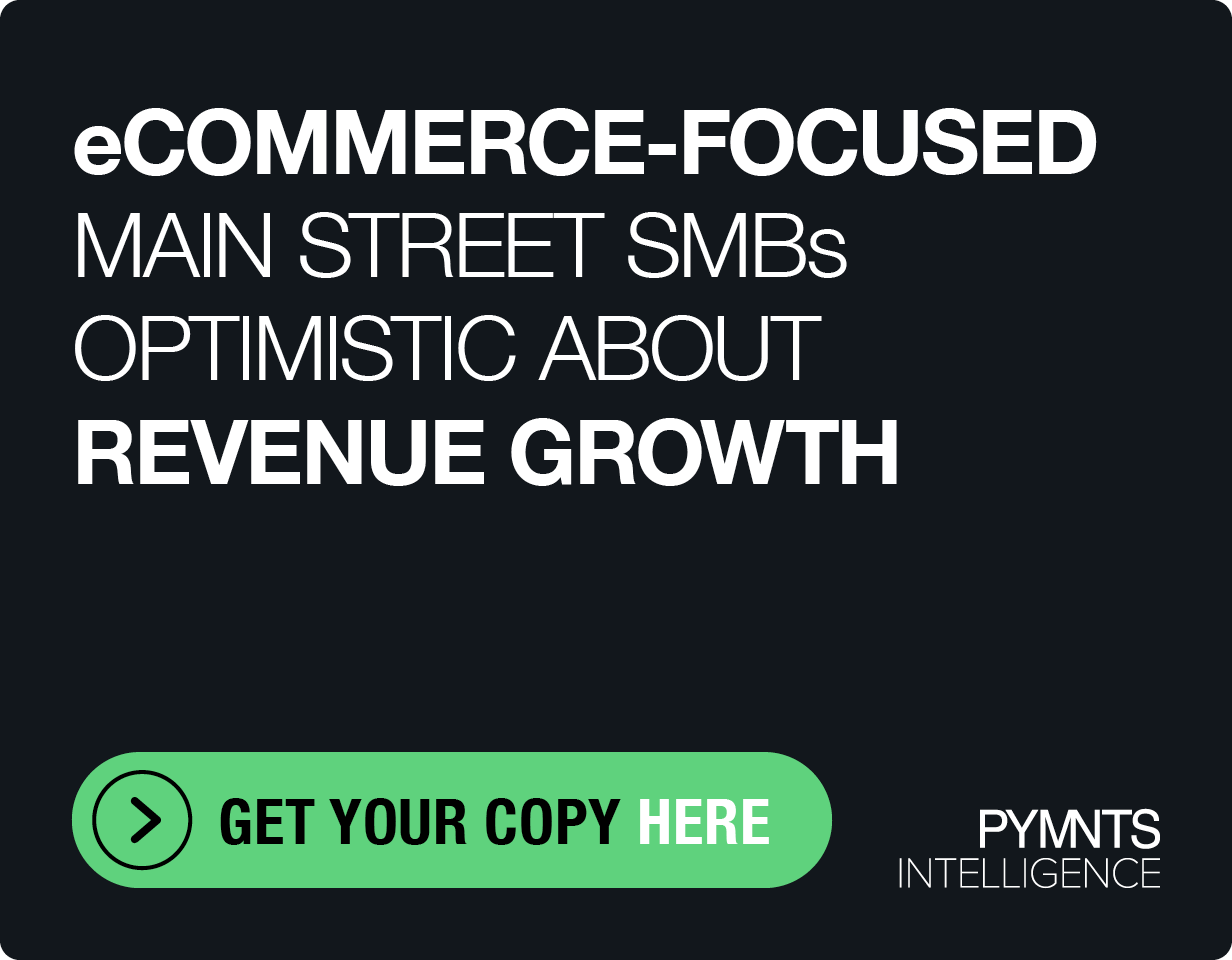Digital Advertising Industry Sees Recurring Payments Key to Profitable Growth
As demand for alternative payment options explodes, businesses of all types are increasingly turning to digital solutions to prioritize and accelerate their migration from checks to automated electronic payments.
One industry that’s proving especially keen to embrace automation is digital advertising, due to a shared belief that doing so will enable greater profitability within a rapidly expanding market. According to PYMNTS’ October Payments In B2B Advertising Report, more than 68% of advertising firms say they are now using automated payments processes.
Read more: Payment Choice, Automation Key to Global B2B Advertising Growth
Omar Hawkins, director of B2B Industry Development at American Express, said he isn’t at all surprised to see this shift, telling PYMNTS that ad spending grew 32% in the first six months of this year to more than $130 billion — making it an extremely meaty pie from which advertisers are eager to get a larger slice and see payment automation as a key step toward doing so.
“Full-year advertising spend is expected to exceed $270 billion,” Hawkins said, citing MAGNA Global Media Investment data. “To reap the benefits of this growth means doing less paper chasing and less data re-entry. Leveraging technology solutions to automate payments and the order-to-cash process will help media finance teams to improve efficiency and accuracy.”
Younger Business Owners
Automated billing in the advertising industry was given a big boost by the pandemic, just like in every other sector, Hawkins said. But another, more surprising driver, is that the buyer population is getting younger by the day as more youthful startup owners arrive on the scene, knowing only too well how powerful digital advertising can be.
“Business owners and [accounts payable (AP)] professionals are increasingly in the millennial and Gen Z population, and they’re expecting a process flow more similar to their own consumer experience,” Hawkins said. “That is forcing the [accounts receivable (AR)] professionals to make investments and improvements that are going to help them to compete effectively.”
Meanwhile, advertisers themselves are increasingly aware of the ineffectiveness of paper-based transactions. Paying for ads by check, for example, means a lack of visibility into transaction details, leading to extremely lengthy days sales outstanding (DSO), a measure of the average number of days that it takes a company to collect payment for a sale. Hawkins said if advertisers can find a way to reduce that metric, it can have a major impact on the overall health of their business.
See also: As Consumer Preference for Digital Payments Rises, Amex Says Merchants Need Flexibility
“Finance and treasury executives know the importance of cash management, and the ability to quickly collect accounts receivable has a direct impact on their cash flows and their ability to understand how effective and efficient the company is,” Hawkins said. “Collecting receivables faster can make the difference between reinvesting those funds to grow the business versus borrowing to cover operational expenses.”
The Case for Advertisers
Of course, that is true for every kind of business, but Hawkins said there are some good reasons why automation can have such a positive impact in the advertising industry. He told PYMNTS that advertising is an especially complex network of players and process flows, with clients, creative agencies, media buyers, advertising platforms and the properties the ads will run on. Added to the mix are the demand-side platforms, supply-side platforms, trafficking systems, attribution, impressions, audits and reconciliation tools.
Using an automated system can help buyers and clients by providing them with the visibility needed to apply their media dollars more quickly, Hawkins said. Increased visibility means greater AP process efficiency by avoiding late and lost checks and missed manual payments that could result in fees and penalties. It also means historical payments data is more accessible. Then there’s the ability to set up recurring payments, which adds further efficiency gains.
Read also: American Express Streamlines Mobile App for Seamless PayPal Use
“From a DSO perspective, we see in the case of national advertisers, [that it is] exceeding 60-plus days. In the case of local, we see DSOs exceeding 30-plus days,” Hawkins said. “Introducing automation solutions, and the added visibility they provide, can help to improve the days sales outstanding by almost half.”
Another material benefit of billing automation is the expanded payment optionality it provides. According to Hawkins, this can be critical as many small- to medium-sized business (SMB) owners rely on business credit cards as a key funding source.
Gold Medal Growth
Hawkins also talked about how faster transaction processing can be key in many areas.
“One thing that all advertising ecosystem members are aware of is we’re moving into a very fast-paced political advertising season with the upcoming midterms, and AR automation can help improve the speed at which media buys can be conducted and the speed at which spots can run,” Hawkins said. “All of which is critically important, especially in these highly competitive races that are on the horizon.”
See also: American Express Offers New Business Credit Card Perks
Hawkins said he believes there’s a growing urgency to implement automated billing solutions in advertising, noting that even though growth rates in the industry are expected to slow down next year, they are still expected to be in the range of 11% to 13%. If so, that will bring the U.S. advertising market spend to more than $300 billion for the first time.
“When you add on the incremental revenues generated by the upcoming winter Olympics in Beijing, as well as the political advertising for these highly competitive midterms, it becomes even more important to introduce automation so you can capture efficiencies and retain the higher profitability this growth is expected to deliver,” he said.
